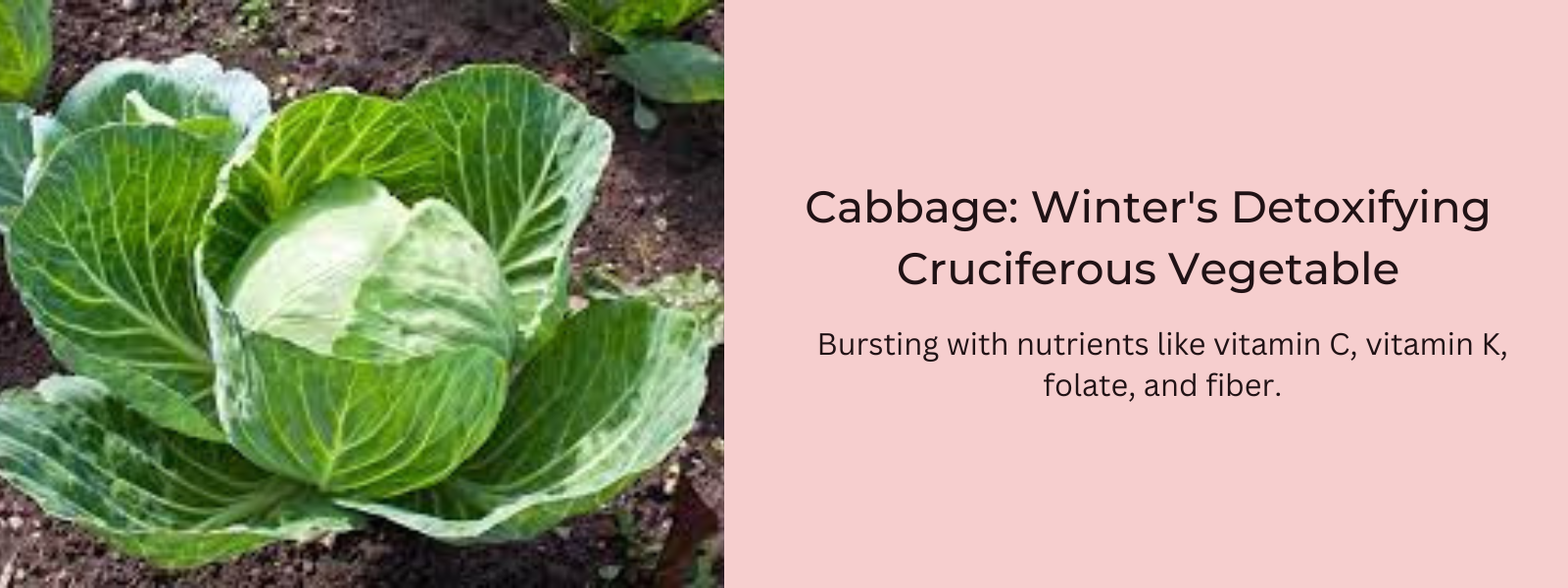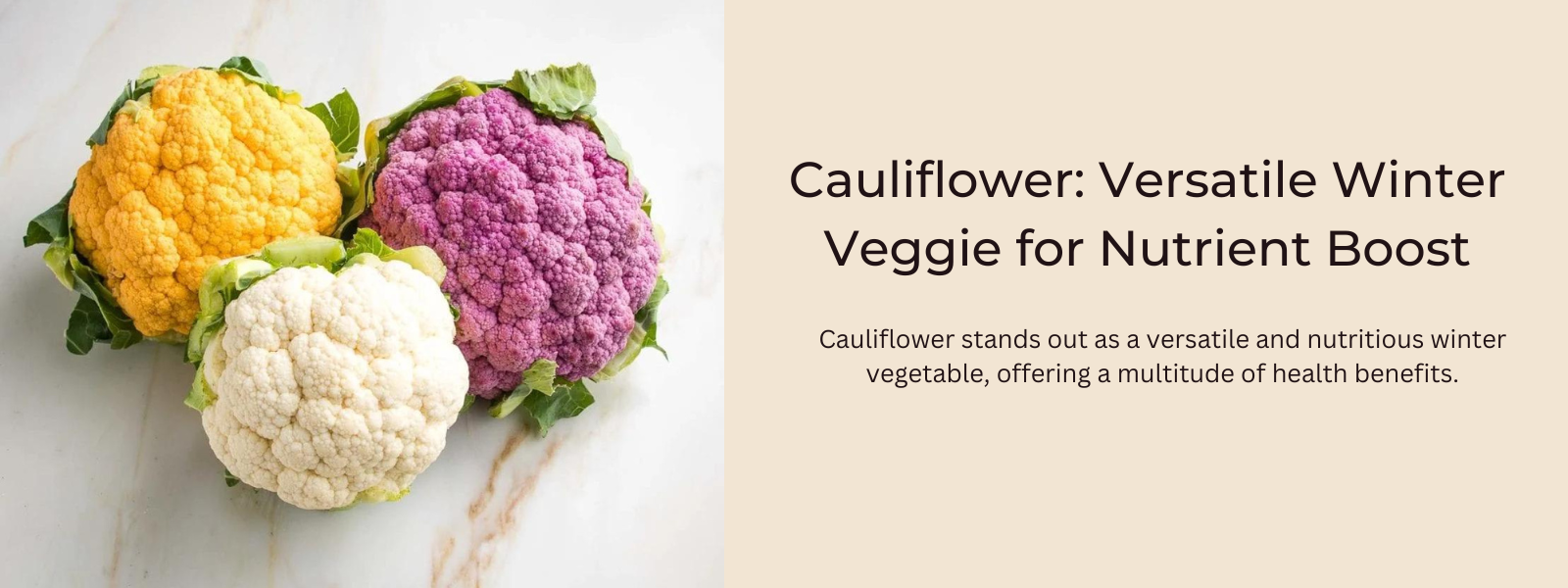Spinach emerges as a winter superfood, boasting a nutritional profile abundant in iron and vitamin A, pivotal for seasonal wellness. Renowned for its iron content, spinach aids in maintaining optimal energy levels, combating potential winter fatigue. Its richness in beta-carotene, a precursor to vitamin A, not only supports immune function but also nurtures healthy vision, essential during the darker winter months. This versatile leafy green, whether incorporated into salads for a vibrant crunch, added to warming soups, or blended into nutrient-packed smoothies, provides a flavorful and nourishing addition to winter meals. Beyond iron and vitamin A, spinach delivers a host of vitamins, minerals, and antioxidants, elevating its status as a go-to winter vegetable for bolstering overall health and fortifying against seasonal ailments.
Table of Contents
What Is Spinach And Its Key Features:
Spinach is a leafy green vegetable recognized for its nutritional value and versatility in culinary applications.
Key features of spinach include:
- Nutritional Powerhouse: Spinach is packed with essential nutrients, including vitamins, minerals, and antioxidants. It's an excellent source of vitamin K, vitamin A (in the form of beta-carotene), vitamin C, folate, iron, potassium, magnesium, and fiber, contributing to overall health and well-being.
- Iron Content: Spinach is notably rich in iron, a mineral vital for transporting oxygen in the body, supporting energy levels, and aiding in red blood cell production.
- Vitamin A: Beta-carotene, found abundantly in spinach, is converted into vitamin A in the body. Vitamin A is crucial for maintaining healthy vision, supporting immune function, and promoting skin health.
- Antioxidants: Spinach contains antioxidants such as lutein, zeaxanthin, and various flavonoids that help combat oxidative stress and reduce the risk of chronic diseases.
- Versatility in Cooking: Spinach is incredibly versatile and can be consumed raw in salads, blended into smoothies, or cooked in a multitude of dishes like soups, stews, curries, stir-fries, and omelets.
- Low in Calories: Spinach is low in calories and carbohydrates, making it a popular choice for those seeking nutrient-dense, low-calorie foods.
Spinach As An Essential Winter Superfood for Iron and Vitamin
Spinach, heralded as a winter superfood, offers a nutritional powerhouse abundant in iron and vitamin A, crucial for seasonal health. Renowned for its high iron content, spinach serves as an energy-boosting ally, combating potential winter fatigue. Laden with beta-carotene, a precursor to vitamin A, this leafy green not only fortifies immune defenses but also promotes healthy vision, particularly valuable during the dimmer winter days. Its versatility allows it to shine in a variety of winter dishes, from salads to soups, offering a flavorful and nutrient-packed addition to meals. Beyond its iron and vitamin A richness, spinach supplies an array of vitamins, minerals, and antioxidants, solidifying its status as a go-to vegetable for bolstering overall well-being during the colder months.
Benefits Of Iron & Vitamin A:
Iron and vitamin A play crucial roles in maintaining overall health. Here are the benefits of each nutrient:
Benefits of Iron:
- Oxygen Transport: Iron is a key component of hemoglobin, a protein in red blood cells that carries oxygen from the lungs to tissues throughout the body. This process is essential for energy production and overall cellular function.
- Preventing Anemia: Adequate iron intake helps prevent iron-deficiency anemia, a condition characterized by fatigue, weakness, and reduced immune function.
- Supports Brain Function: Iron contributes to proper brain function and development. It's involved in the production of neurotransmitters, which are essential for cognitive processes.
- Energy Metabolism: Iron plays a role in the production of adenosine triphosphate (ATP), the primary energy currency of the body, supporting metabolism and energy production.
- Immune Function: Iron is necessary for a healthy immune system, aiding immune cells in fighting off infections and diseases.
Benefits of Vitamin A:
- Vision Health: Vitamin A is crucial for maintaining good vision, particularly in low-light conditions. It helps the eyes to adjust to changes in light and supports the production of rhodopsin, a pigment necessary for proper night vision.
- Immune Function: Vitamin A supports the immune system by promoting the normal functioning of various immune cells, helping the body fight infections and illnesses.
- Skin Health: Vitamin A contributes to healthy skin by promoting cell growth and repair. It's involved in maintaining the integrity of the skin and mucous membranes, acting as a barrier against infections.
- Cellular Function: Vitamin A plays a role in the growth and development of cells, aiding in the maintenance of tissues and organs throughout the body.
- Reproduction and Growth: Adequate vitamin A is essential for reproductive health and proper growth and development in children.
Ways To Use Spinach In Indian Cuisine:
Spinach, known as "palak" in Indian cuisine, is a versatile leafy green that can be used in various dishes. Here are several ways to incorporate spinach into Indian cuisine:
- Palak Paneer: A classic dish where spinach is pureed and cooked with Indian cottage cheese (paneer) in a flavorful blend of spices and creamy gravy.
- Spinach Dal: Add finely chopped or pureed spinach to lentil-based dishes like dal (lentil soup). It adds both nutrition and a vibrant green color to the dish.
- Palak Paratha: Mix finely chopped spinach into wheat flour dough to make nutritious and delicious spinach parathas (Indian flatbreads).
- Spinach Curry (Palak Sabzi): Prepare a simple spinach curry by sautéing chopped spinach with onions, tomatoes, and spices. This curry can be made with or without added vegetables like potatoes or peas.
- Spinach Pakoras: Dip spinach leaves in a chickpea flour batter seasoned with spices and deep-fry to make crispy spinach fritters, known as palak pakoras.
- Spinach Rice (Palak Pulao): Blend spinach into a smooth paste and mix it with cooked rice to create palak pulao, a flavorful and nutritious rice dish.
- Palak Tikki: Make spinach and potato patties seasoned with spices and shallow-fry them to create palak tikkis, a tasty snack or appetizer.
- Spinach Chaat: Use finely chopped spinach as a topping in chaat, a popular Indian street food. It can be combined with other ingredients like boiled chickpeas, yogurt, and tangy sauces.
- Spinach Soup: Blend cooked spinach with other vegetables and spices to create a creamy and comforting spinach soup, known as palak shorba.











Leave a comment